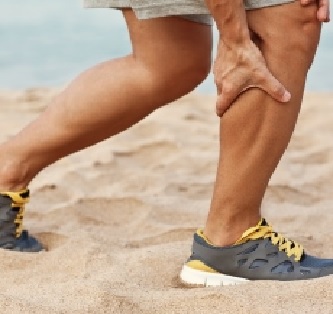Qigong includes training for body and mind, and one method is Zhineng Qigong. Scientific literature on qigong for chronic low back pain (LBP) is sparse. A Swedish study aimed to investigate feasibility including evaluation of a Zhineng Qigong intervention for pain and other lumbar spine-related symptoms, disability, and health-related quality of life in patients with chronic LBP and/or leg pain.

Prospective interventional feasibility study without control group. Fifty-two chronic pain patients (18-75 years) with LBP and/or leg pain were recruited from orthopedic clinics (spinal stenosis, spondylolisthesis, or segmental pain) and primary healthcare (chronic LBP). Patients from orthopedic clinics were 1-6 years postoperative after lumbar spine surgery or on lumbar surgery waiting list. Patients received a 12-week training intervention with European Zhineng Qigong. The intervention consisted of face-to-face group activities in non-healthcare setting (4 weekends and 2 evenings per week), and individual Zhineng Qigong training. Main health outcomes were self-reported in a 14-day pain diary, Oswestry Disability Index (ODI), Short Form 36 version 2 (SF-36v2), and EuroQol 5 Dimensions 5 Levels (EQ-5D-5L), once directly before and once directly after the intervention.
Recruitment rate was 11% and retention rate was 58%. Dropouts did not report higher pain (baseline), only 3 dropped out because of lumbar spine-related pain. Adherence was median 78 h group attendance (maximum 94 h) and 14 min daily individual training. Ability to collect outcomes was 100%. Thirty patients completed (mean 15 years symptom duration). Twenty-five had degenerative lumbar disorder, and 17 history of lumbar surgery. Results showed statistically significant (within-group) improvements in pain, ODI, all SF-36v2 scales, and EQ-5D-5L.
Despite low recruitment rate, recruitment was sufficient. A multicenter randomized controlled trial is proposed, with efforts to increase recruitment and retention rate. After this Zhineng Qigong intervention patients with chronic LBP and/or leg pain, also patients with considerable remaining LBP/sciatica after lumbar surgery, had significantly improved in pain and function.
The results, reported by BMC musculoskeletal disorders in June 2023, support involvement of postoperative patients in a future study. The results are promising, and this intervention needs to be further evaluated to provide the most reliable evidence.